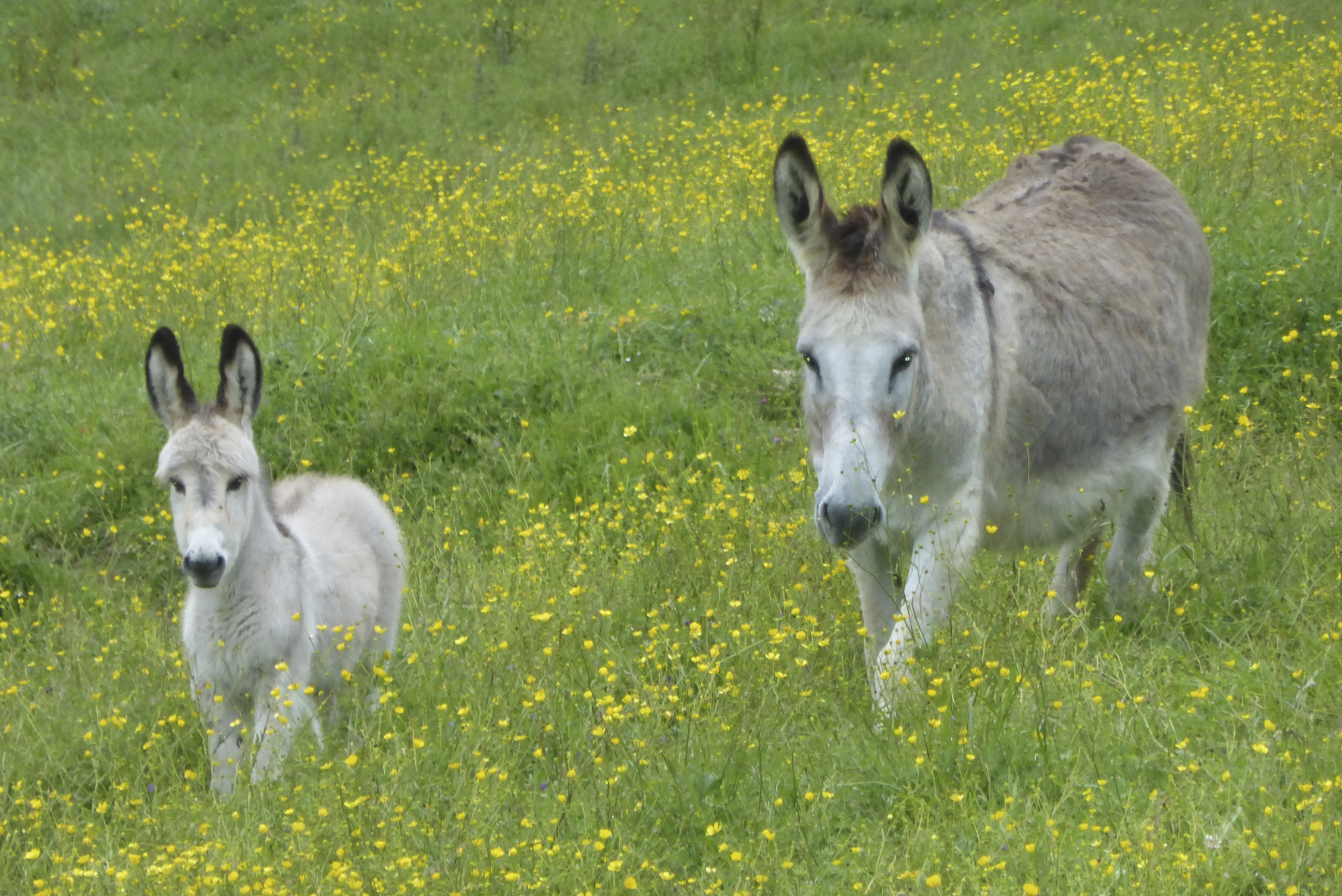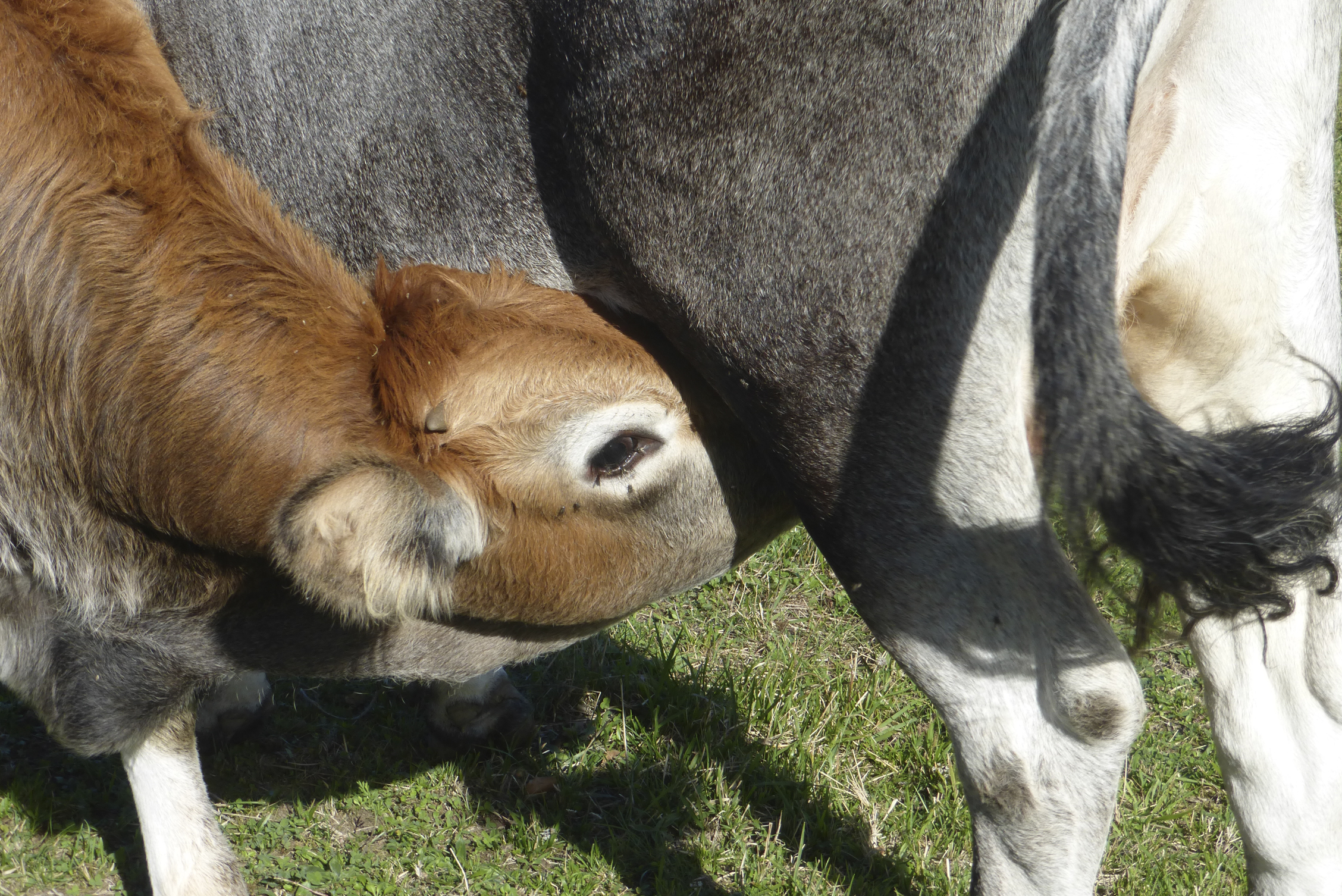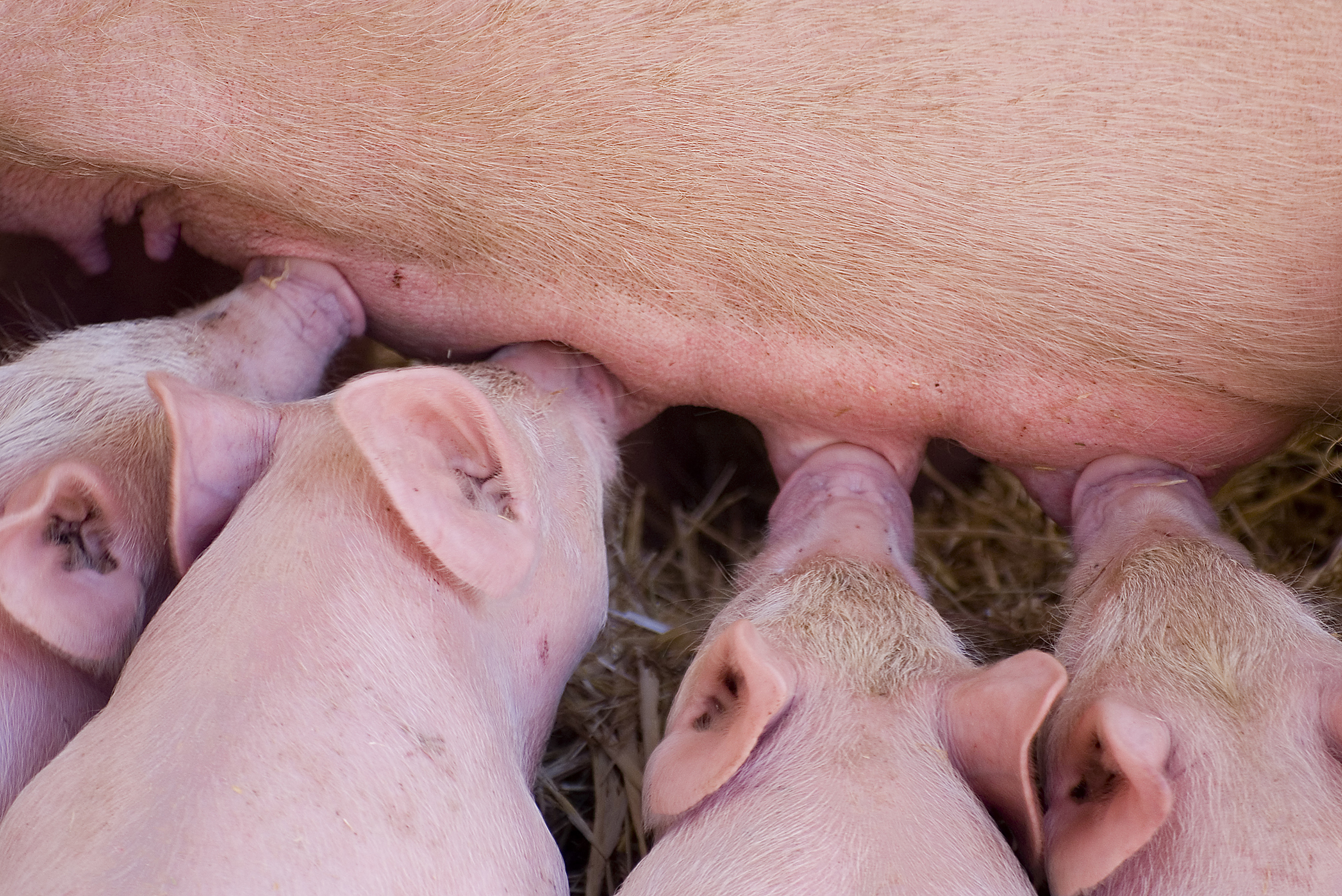Basque ethnography at a glance

Akaitze Kamiruaga. Labayru Fundazioa Photographic Archive.
The present post accounts for some of the vocabulary connected with oestrus and pregnancy cycles in several domestic animals, gathered in Gernika-Lumo (Bizkaia) and applicable to a region which extends as far as the coastal city of Lekeitio (Bizkaia).
Cattle (behiak): We use the term susera to indicate that a cow is on heat —behia susera dago or behia suseratu egin da—. We could likewise use the more generic term umeske, literally ‘desiring to breed’, and therefore attributable to other female animals which are receptive to mating, such as mares, jennets and ewes.
Standing heat duration averages 12 hours among milk cows, Friesians in particular, and 5 to 6 hours, possibly a bit more, since appetite decreases progressively, in the case of beef cows, raised for meat production. It takes, as a rule of thumb, approximately 21 days, for cows to come on heat again, though it might take only 8 days for a minority of them, around 4 %.
A cow’s pregnancy lasts 9 months. Traditionally, calving would mostly take place in spring, when pasture growth is greatest. But natural oestrous cycles went out of the window, due mainly to the introduction and expansion of intensive holdings.

Akaitze Kamiruaga. Labayru Fundazioa Photographic Archive.
Cows which were shortly expected to calve were given a little wine and some coffee to facilitate the expulsion of the afterbirth, known as umetokia or lohia, fresh water being rubbed on the buttocks immediately after calving to reduce inflammation and stop haemorrhage.
Mares (behorrak): Oestrus averages between 6 to 8 days and returns every 3 weeks. Young mares have their first foal 12 months after mating. Future foals are typically born at 11 up to 12 months of gestation.
Donkeys (astoak): The oestrous cycle in jennies lasts 3 weeks. The average length of gestation for first time breeders ranges from 12 to 13 months, and around 12 months thereon.
Sheep (ardiak) and goats (ahuntzak): The word arkera is reserved for oestrous ewes, and doe goats by extension —ardia arkera dago or ardia arkeratu egin da—. Their heat periods range from 2 to 3 days. Most non-pregnant ewes return to heat 5 days later, and some of them return again 15 days later. Lambing occurs 5 months and a few days after mating.

Josemi Vidales. Labayru Fundazioa Photographic Archive.
Pigs (txarriak): We could also use the word arkera for female pigs on heat —txarria arkera dago—. Boars come on heat every 3 weeks. And gestation is said to last 3 months, 3 weeks and 3 days, counterbalancing odd and even months.
Rabbits (konejuak): Gestation in doe rabbits lasts 30 days, no more and no less.
Dogs (txakurrak) and cats (katuak): Heat in female dogs and cats is called altea —txakurra altan dago—. It usually lasts for 3 weeks in dogs and repeats after 3 to 5 months, depending on the breed. Pregnancies of both female dogs and cats last 2 and a half months.
Segundo Oar-Arteta – Labayru Fundazioa
Translated by Jaione Bilbao – Ethnography Department – Labayru Fundazioa
Data gathered from Iñaki Etxebarria, a pseudo veterinary surgeon, born in 1934 at Olakoetxebarri Farmhouse in Ispaster (Bizkaia) and based at Madure-etxebarri Farmhouse in Lumo (Bizkaia).
Reference for further information: Livestock Farming and Shepherding, part of the Ethnographic Atlas of the Basque Country collection.

